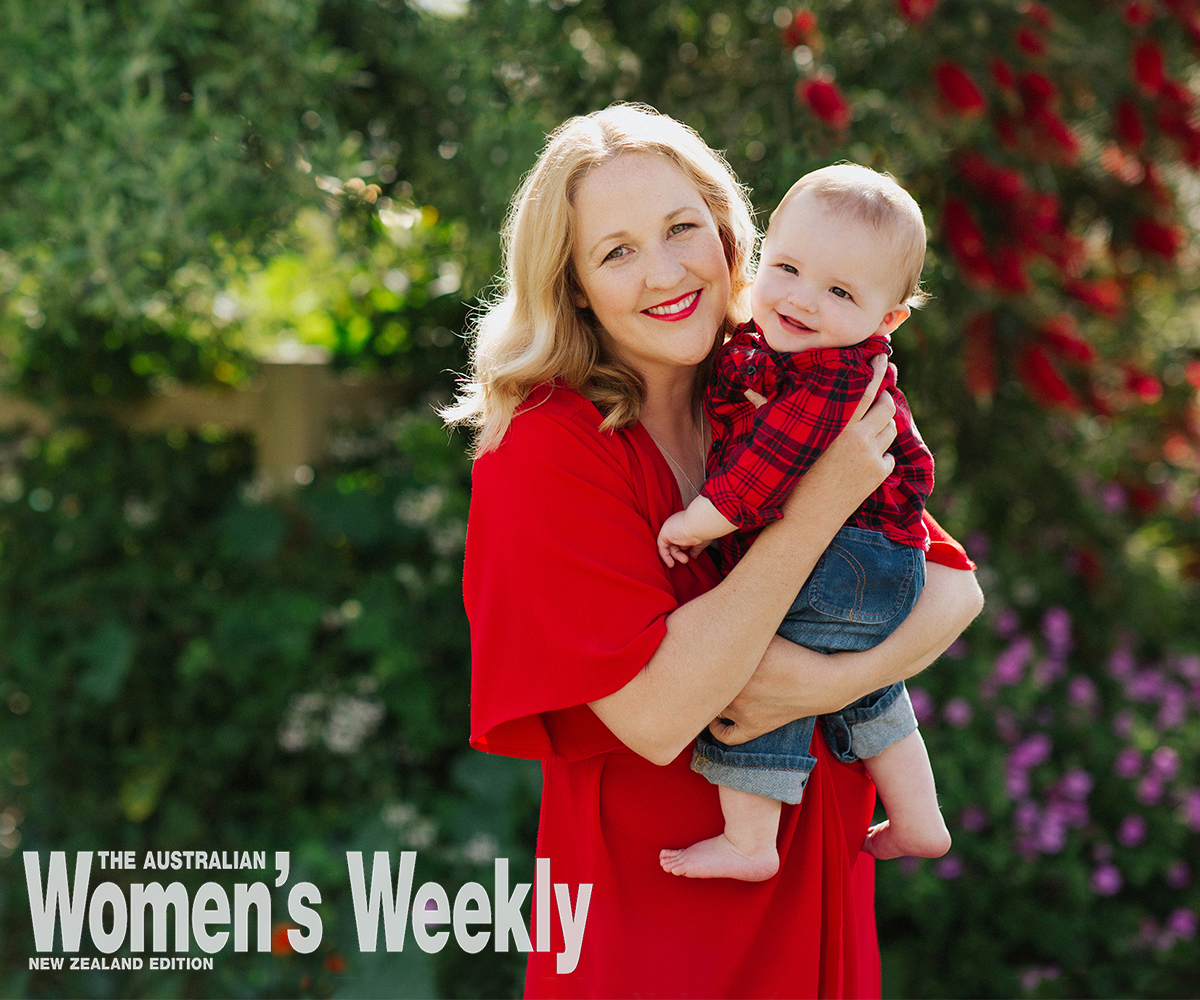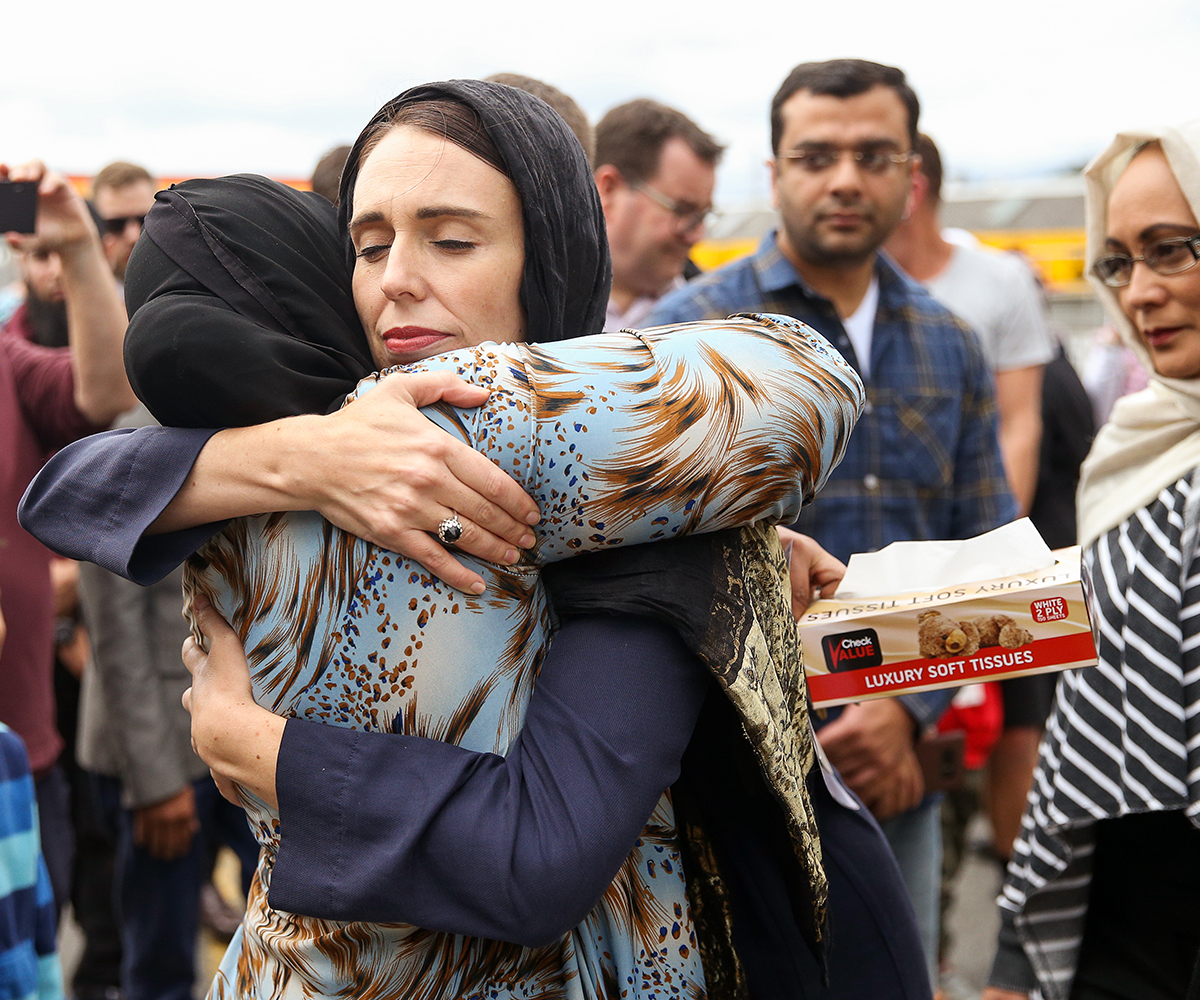When asked why we should bother learning about wellbeing, I often use the analogy of swimmers wearing buoyancy vests, or divers wearing weight belts. Buoyant, high-wellbeing people, find it relatively easy to stay on the surface, bouncing back quickly when something pulls them under for a while.
Those of us with weight belts, on the other hand, have to make an effort to stay at the surface. We can sink under the weight of additional challenges. This is where wellbeing and resilience strategies come in. The people with weight belts can strap on a pair of flippers and kick back up to the surface.
The challenge is that we cannot always tell from the outside who is wearing the weight belt or the buoyancy vest. What’s more we never know what lies ahead: life doesn’t discriminate and sends challenges our way regardless of who we are.
A very buoyant person can be handed a heavy weight with the loss of someone they love, a sudden diagnosis, a relationship break up or redundancy, and find themselves weighed down by this new challenge. So it makes sense to equip everyone with flippers – the knowledge of wellbeing strategies they can use in their own lives.

Dr Denise Quinlan, director of the New Zealand Institute of Wellbeing & Resilience
Knowing that, at some point in our lives, we are all likely to face testing challenges, prompted Dr Lucy Hone and I to set up the New Zealand Institute of Wellbeing & Resilience. I was born with a pretty hefty Celtic weight belt, she is one of those people born with a buoyancy aid who has enjoyed decades of swimming around in the surface, never struggling with her mental health.
Through years of research, pawing over academic studies and investigating ways to be resilient, I’ve found the strategies that work for me. I know the ways of thinking and acting that help me kick for the surface and stay there. Lucy, on the other hand, had her world come crashing down back in 2014 when her dear wee girl, Abi – 12 at the time – was killed suddenly in a road traffic accident one sunny afternoon. At that point, she was forced to re-learn to live in the world, and had to work really hard to prevent her newly inherited weight belt from sucking her under.
Over the coming months, Lucy, myself and our fantastic team at the New Zealand Institute of Wellbeing & Resilience, are going to share scientific insights with you to help promote resilience and protect your wellbeing. Our job is to scour the research studies and pick gems that have worked for others, relaying them to you in practical and easy-to-implement ways that we hope you’ll be willing to give a go.
Having an open mind when learning about wellbeing and resilience is critical, given that studies show what works is different for everyone. Lucy’s own research shows we all have different avenues to wellbeing, but that, even in 2019, people still know more about how to remain physically fit than mentally fit.
We’re here to change that! In the months ahead different members of our team are going to unpack the processes shown to build psychological wellbeing, providing you with tips for reducing stress and preventing burnout; parenting advice; reducing anxiety; and ways to build self-confidence and take on new opportunities.
We will look at relationships and work too – tips on getting the career you want and how to job-craft for greater satisfaction in your existing career – as well as providing insights to cope better with loss and change – those aggravating constants in our rapidly shifting worlds.
We all have bad moments; suffering is sadly universal. It’s important to be kind to ourselves in those moments, and know our go-to strategies that prevent us from slipping under. We hope you’ll come with us on our monthly wellbeing journey, try these techniques for size and see which help you, and the people you know, resurface to air and sunshine.
Resilient communities know each other – let’s not be ‘other’ to each other
The world watched as we embraced each other and promised that it would be different. We looked deep inside and asked difficult questions. How can we prevent this happening again? What have we been doing that made it possible? How have I made people feel ‘other’? When have I let casual racism pass unchallenged?
How do we nurture and grow the spirit of kotahitanga (unity and togetherness) that has comforted and guided us since the horror of the Christchurch Mosque attacks? As well as being about security for our community, this question goes to the heart of wellbeing and resilience for each of us – both individually and collectively.
From babies to our oldest adults, we have a fundamental need to belong, to be accepted and to feel included. An architect friend likes to describe community as the “opportunity for chance encounter”, referring to the invisible threads woven by chance meetings that build social capital with very tangible benefits.
Professor Eric Klinenberg from New York University coined the term social infrastructure to describe the opportunity for social interaction afforded by the physical layout of a community – including wide well-maintained footpaths, local shops and cafés. He described how, in a Chicago heat wave in 1995, neighbourhoods where people were on the street, bumping into each other on a regular basis, had death rates a fraction of those in communities where people did not see each other easily – it was easier to know who needed help and to offer it.
Community resilience occurs when social infrastructure enables communities to build social capital. This community resilience may be greater than the sum of its individual parts. In other words, the benefits of resilient communities exceed what an individual can create on their own. There’s a collective mechanism at work here: people who live together, play together, bump into each
other daily, are more willing and able to draw together when times get tough. Resilient communities can solve problems beyond the capacity of even the most resilient individual.
So how do we create spaces where we can be together, providing occasions for diverse groups to bump into each other? The good news is we already have such spaces in most of our communities – our public libraries. Far from becoming outmoded, libraries are more important now than ever. By providing safe and warm spaces for older people, and for children and teenagers to read, meet, and do homework, they are key for enabling community resilience. New uses for libraries are being identified each day: In New York, the Brooklyn Public Library now runs Library Lanes, an online inter-library tenpin bowling league for seniors.
We need urban design featuring space for people to gather, be together and see each other easily – in local shops, wide foothpaths, benches and bus stops. We know how to do this in New Zealand. Until recently, community spaces were an integral part of New Zealand life – even small villages had a community hall, a domain, and possibly a bowls club or local pool. Economic analyses deeming these facilities ‘not viable’ are viewing their contribution too narrowly – failing to include the value of social cohesion in their calculations.
We also need to know each other better – to be willing to know and be known in our communities. When you know the name and something of the person behind the outward exterior, it’s harder for divisive people to make us ‘other’ to ‘each other’. We feel familiar and safe and not an unknown ‘other’. I want to be your neighbour, the person you’ve talked to about vegetables in season, the weather, how much our shoes hurt, the games our children like most, our worries for our teenagers and hopes for our toddlers, and how our ageing parents are doing.
As I stood outside the Al Huda Mosque in Dunedin on March 17 I thought, ‘Why have I never been inside a mosque or a synagogue? Why don’t I know more about the people I work with and live next door to?’ On March 31, the Al Huda Mosque in Dunedin hosted an open day where they created a festival feeling in the mosque. I shared cups of tea, discussed Islam, met old friends and colleagues in a new setting, and shared fan-girl moments with delighted young women who had hugged Prime Minister Jacinda Ardern the week before.
The Muslim community is creating opportunities for us to commune together. Let’s reach out, embrace the unknown and continue to find ways in which we can experience chance encounters. Let’s embrace kotahitanga making our fellow New Zealanders less ‘other’, sowing seeds of community resilience and overcoming the racism that has so devastated our nation.

For more great reads, pick up your latest copy of NEXT magazine, on sale now.




